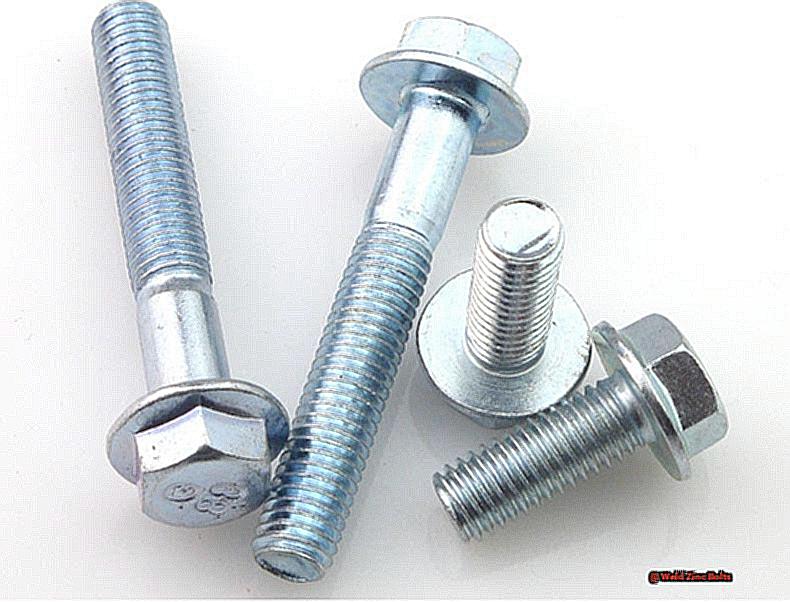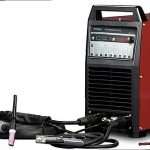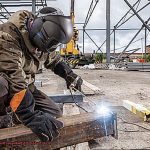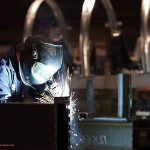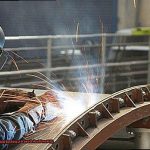Are you tired of constantly replacing rusty bolts and compromising the strength of your projects?
Say goodbye to traditional bolts and hello to a revolutionary solution: welding zinc bolts. These small but mighty fasteners are transforming the game with their unmatched durability and strength.
So let’s explore the world of weld zinc bolts and uncover why they should be your top choice for all your fastening needs.
THE DIFFERENCE BETWEEN GALVANIZED AND ZINC PLATED STEELS
Contents
- 1 THE DIFFERENCE BETWEEN GALVANIZED AND ZINC PLATED STEELS
- 2 GALVANIZED STEEL MELTING POINT
- 3 IS GALVANIZED STEEL TOXIC?
- 4 HOW IS WELDING GALVANIZED STEEL DIFFERENT FROM WELDING REGULAR STEEL?
- 5 HOW TO WELD GALVANIZED STEEL PROPERLY?
- 6 HOW TO PROTECT GALVANIZED STEEL FROM CORRODING AFTER WELDING?
- 7 ZINC POISONING SIGNS
- 8 Conclusion
The art of welding is vital in the realm of metalworking, requiring expertise and intelligence to establish sturdy and long-lasting bonds between two metal pieces. When welding galvanized or zinc plated steels, there exists a significant contrast that every welder must comprehend. In this article, we will delve into the disparity between galvanized and zinc plated steels and how it impacts the welding process.
Galvanized steel and zinc plated steel are two common methods used to safeguard metal from rust and corrosion. Both techniques involve coating the metal with a layer of zinc, acting as a sacrificial anode by sacrificing itself to protect the underlying metal. However, the application process for this layer differs immensely between the two methods.
Galvanization is a hot-dip process where steel is submerged in a bath of molten zinc, resulting in a thick and resilient layer of zinc that offers exceptional protection against rust and corrosion. On the other hand, zinc plating is an electroplating process where steel is coated with a thin layer of zinc through an electric current. This generates a thinner layer of zinc compared to galvanization, making it more suitable for ornamental purposes or miniature metal components.
The thickness of the zinc layer plays a crucial role when welding these two types of steel. Galvanized steel boasts a thicker layer of zinc, providing better resistance to high temperatures during welding. However, the same cannot be said for zinc plated steel. The thin layer of zinc can easily melt and merge with the steel during welding, affecting the integrity and strength of the weld.
But that’s not the only concern when welding these types of steel. Welding galvanized steel can also pose health hazards due to the presence of zinc fumes.
GALVANIZED STEEL MELTING POINT
When it comes to welding galvanized steel, this knowledge becomes even more critical. In particular, one must pay close attention to the galvanized steel melting point, which plays a significant role in the welding process.
Galvanized steel is a commonly used material in construction and manufacturing due to its protective zinc coating that prevents rust and corrosion. This coating not only adds to its durability but also gives it a unique appearance. However, when it comes to welding zinc bolts onto this steel, the added layer can present challenges.
The galvanized steel melting point is 787.15°C (1450°F), significantly higher than zinc’s melting point at 419.53°C (787.96°F). This means that in order to fuse zinc bolts onto galvanized steel, the steel must reach a temperature high enough to melt the zinc coating. Failure to do so can result in an uneven and weak bond.
So how can welders overcome this hurdle? The key lies in controlling the temperature during the welding process. It is essential to set the welding machine to a lower heat than when working with regular steel. This will prevent the zinc coating from vaporizing and creating harmful fumes.
But temperature control is not the only factor to consider when welding galvanized steel. The thickness of the zinc coating also plays a significant role. Thicker coatings require higher temperatures to melt, making it more challenging to achieve a clean and robust weld.
Furthermore, we must also take into account the composition of the steel itself. Galvanized steel contains small amounts of iron and silicon, which can impact the quality of the weld. Iron can create a brittle bond, while silicon can cause gas pockets or porosity in the weld.
As a professional welder, I have found that being aware of these factors and adapting my techniques accordingly has resulted in the best results.
IS GALVANIZED STEEL TOXIC?
Galvanized steel is a form of steel coated with a layer of zinc to prevent it from rusting and corroding. This protective coating makes it a popular choice for construction, particularly in bolts. However, when welding galvanized steel, the intense heat from the welding process can vaporize the zinc coating, releasing toxic fumes. These fumes contain zinc oxide, which can cause metal fume fever if inhaled.
Symptoms of metal fume fever include flu-like manifestations such as fever, chills, and body aches. Prolonged exposure to these fumes can also result in respiratory issues like bronchitis and pneumonia. To ensure worker safety, the Occupational Safety and Health Administration (OSHA) has established a permissible exposure limit (PEL) for zinc oxide at 5 mg/m3 over an 8-hour workday. However, even brief exposure to high levels of zinc oxide can be detrimental.
But it’s not just zinc oxide that poses a threat – welding galvanized steel can also emit other hazardous fumes like carbon monoxide and manganese. These can have severe health consequences if inhaled. The level of toxicity also relies on the thickness of the zinc coating and the type of welding process utilized. For instance, flux-cored arc welding generates greater amounts of fumes compared to gas metal arc welding.
As an authority on this matter, it is crucial to educate yourself on these potential hazards and take necessary precautions to safeguard yourself and those in your vicinity.
HOW IS WELDING GALVANIZED STEEL DIFFERENT FROM WELDING REGULAR STEEL?
Welding is a crucial process in the field of construction, and selecting the right materials is vital for creating a robust and stable structure. When it comes to welding galvanized steel versus regular steel, there are several significant distinctions to consider. As an adept welder, it is imperative to comprehend these differences in order to ensure a successful and secure welding experience.
Firstly, let us discuss the significance of eliminating the zinc coating before welding galvanized steel. Galvanization is a procedure of applying a layer of zinc on steel to safeguard it against corrosion. However, this zinc coating can pose challenges during welding. When the zinc coating is exposed to heat, it emits fumes that can be detrimental if inhaled. These fumes can cause metal fume fever, which manifests as symptoms such as headache, fever, and nausea. Furthermore, the burning zinc coating can result in porosity, fusion failure, and cracking in the welds. Hence, it is crucial to remove the zinc coating before welding to prevent these issues.
Moving on, let us examine the precautions that must be taken when welding galvanized steel. To avoid inhaling harmful fumes, it is recommended to use proper ventilation or wear a respirator while welding. It is also essential to have a fire extinguisher nearby as zinc fumes are highly combustible. Additionally, be sure to thoroughly clean the surface of the galvanized steel before welding to eliminate any remaining zinc dust or debris.
But what about galvanizing before or after welding? Galvanizing before welding involves dipping the entire steel piece in molten zinc, resulting in a smoother and more uniform surface compared to galvanizing after welding. This method also offers better protection against corrosion for the entire piece. On the other hand, galvanizing after welding allows for more precise control over the areas that require protection from corrosion. Ultimately, the decision depends on the specific project and desired outcome.
HOW TO WELD GALVANIZED STEEL PROPERLY?
Welding is an important skill for those in the construction industry, and being proficient in welding galvanized steel is crucial for creating sturdy and long-lasting structures. Galvanized steel, also known as “hot-dip galvanized steel,” is coated with a layer of zinc to protect it from corrosion and rust. However, this zinc coating can create challenges when it comes to welding, making it essential to follow specific steps and take precautions to ensure a successful weld.
So, how can one master the art of welding galvanized steel? Let’s delve into the details.
STEP 1: THOROUGHLY CLEANSE THE SURFACE
The first step in welding galvanized steel is to thoroughly cleanse the surface. This step is crucial as it ensures that the zinc coating remains intact during the welding process. Use a wire brush or sandpaper to eliminate any dirt, rust, or debris from the surface. It is important to note that cleaning agents containing chlorides or fluorides should be avoided as they can release toxic fumes when exposed to high temperatures during welding.
STEP 2: CHOOSE THE APPROPRIATE WELDING TECHNIQUE AND FILLER MATERIAL
The most suitable welding technique for galvanized steel is MIG (Metal Inert Gas) welding. This method involves using a shielding gas, such as argon, to protect the weld from contamination and prevent the zinc coating from evaporating. As for filler material, it is recommended to use a low-zinc-content filler wire, such as ER70S-3 or ER70S-These filler wires have lower zinc content, reducing the risk of evaporation during welding.
STEP 3: PREHEAT THE STEEL
Preheating the galvanized steel before welding is essential.
HOW TO PROTECT GALVANIZED STEEL FROM CORRODING AFTER WELDING?
When it comes to welding it, the zinc coating can pose challenges and weaken the weld if not handled with care. In this article, we will delve into five crucial steps to effectively safeguard galvanized steel from corrosion after welding.
Step 1: Don Protective Gear and Work in a Well-Ventilated Locale
Prioritizing safety should be your topmost concern before commencing any welding work. The fumes generated during the process of welding galvanized steel can be hazardous and lead to severe health issues if inhaled. Therefore, it is imperative to don protective gear such as a respirator, safety glasses, and gloves. Additionally, working in a well-ventilated area or using ventilation equipment is crucial to ensure proper air circulation.
Step 2: Eliminate Zinc Coating and Apply a Protective Sealant
The zinc coating on galvanized steel can hinder the welding process and weaken the weld. Hence, it is vital to remove the coating from the area where the weld will be made before initiating any welding work. This can be achieved by grinding the surface or utilizing chemical solutions specifically designed for this purpose. Furthermore, it is essential to apply a protective sealant after welding to prevent future corrosion.
Step 3: Utilize Appropriate Welding Rods and Gas Mixtures
When it comes to welding galvanized steel, using suitable welding rods and gas mixtures specifically designed for this type of steel is crucial. Employing standard welding rods and gas mixtures can result in weak and brittle welds. It is recommended to consult your supplier or refer to manufacturer recommendations for the best options.
Step 4: Maintain and Store Galvanized Products Properly
Proper maintenance and storage of galvanized products are paramount for protecting them from corrosion.
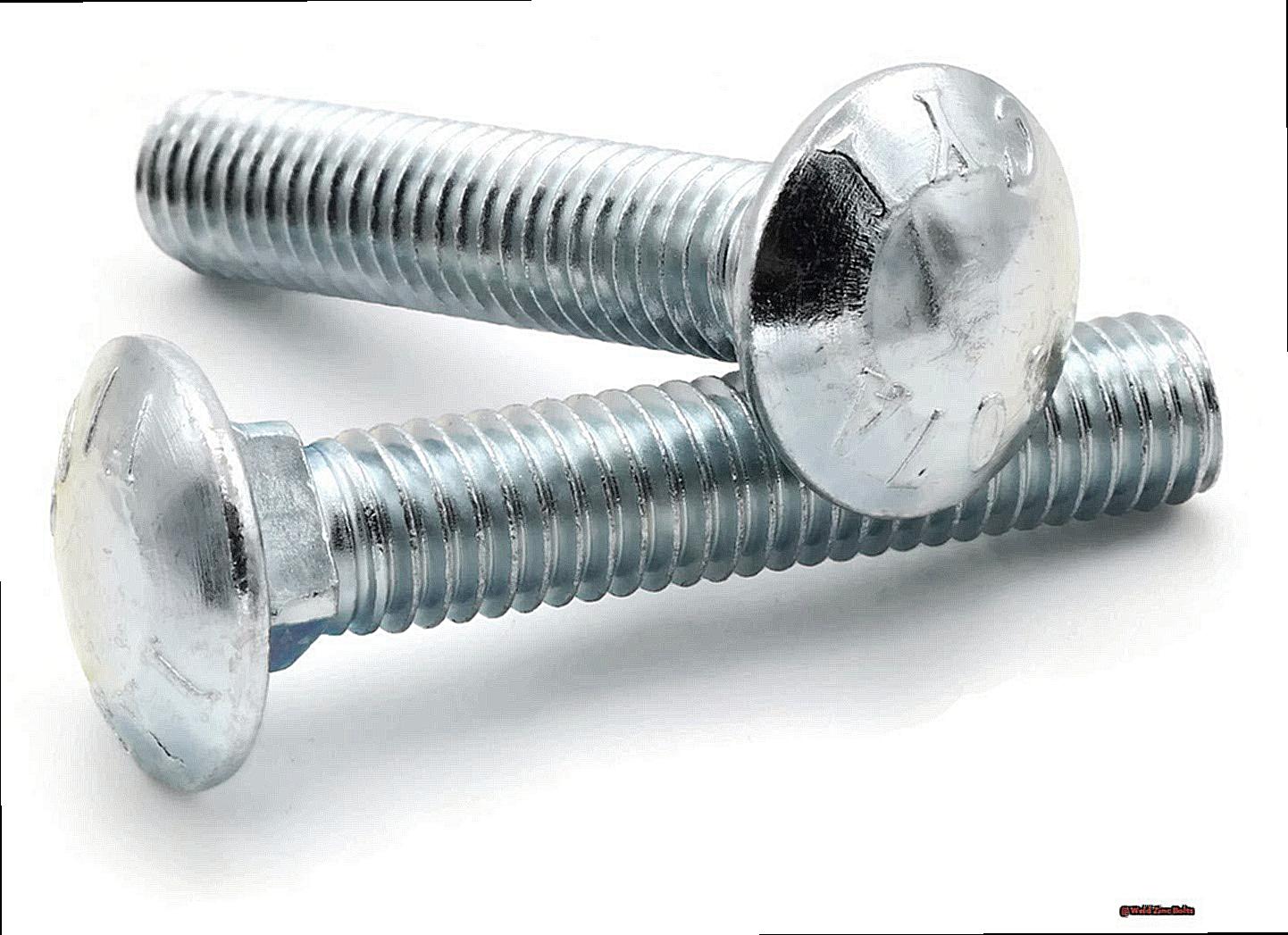
ZINC POISONING SIGNS
The dangers of zinc fumes are very real and can lead to a condition known as zinc poisoning, also referred to as metal fume fever or zinc fume fever.
So how do you protect yourself from this hazardous toxin while still getting the job done? Here are five crucial steps to safeguard against zinc corrosion after welding with bolts:
Don your protective gear like a superhero.
Before starting work on welding with zinc bolts, it is essential to suit up with the proper personal protective equipment. This includes a respiratory mask and gloves to shield yourself from inhaling toxic zinc fumes.
Remove the zinc coating before welding.
One of the key steps to avoid zinc poisoning is to eliminate the zinc coating on the bolt before welding. This can be achieved by using a wire brush or grinder to scrape off the coating, leaving only the base metal for welding.
Utilize appropriate welding materials.
When working with zinc, it is crucial to use appropriate welding materials specifically designed for this type of metal. This includes the use of low-zinc filler metals and fluxes to minimize the production of zinc fumes.
Maintain proper ventilation.
Proper ventilation is vital when dealing with zinc fumes. It is imperative to use local exhaust ventilation systems to remove fumes directly from the source and ensure adequate air circulation in the workspace. Avoid welding in confined spaces without proper ventilation as this increases the risk of exposure to zinc fumes.
Store and maintain your equipment correctly.
After completing your welding project, it is crucial to properly store and maintain your equipment to prevent corrosion from occurring. This includes cleaning off any remaining zinc residue and storing your tools in a dry, well-ventilated area.
Conclusion
In conclusion, it’s time to bid farewell to the constant struggle of replacing rusty bolts and compromising the strength of your projects. The game-changing solution lies in welding zinc bolts – small but mighty fasteners that offer unparalleled durability and strength.
Through our exploration of weld zinc bolts, we have uncovered why they should be your top choice for all your fastening needs. From understanding the nuances between galvanized and zinc plated steels to delving into the potential hazards of welding galvanized steel, we have left no stone unturned.
As a professional welder, I have learned that welding galvanized steel requires expertise and in-depth knowledge about its properties. The thickness of the zinc layer, its melting point, and potential health risks must all be carefully considered when working with this type of steel.
But fear not. By following proper techniques such as preheating the steel, using appropriate welding materials, and maintaining proper ventilation, you can achieve a strong and durable bond without compromising on safety.
So don’t let concerns about corrosion hinder you from utilizing galvanized or zinc plated metals in your projects. With these tips in mind, you can confidently incorporate them into your work while ensuring safety for yourself and those around you.
